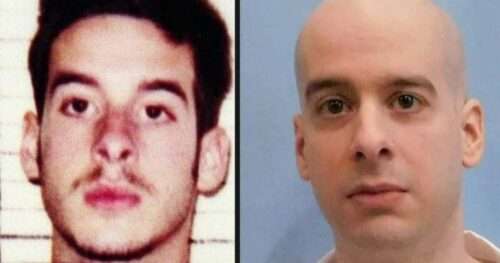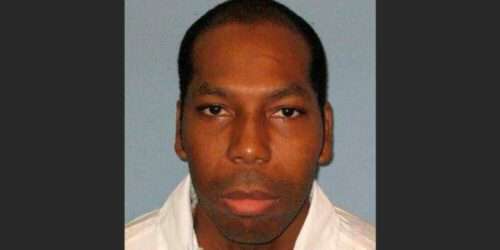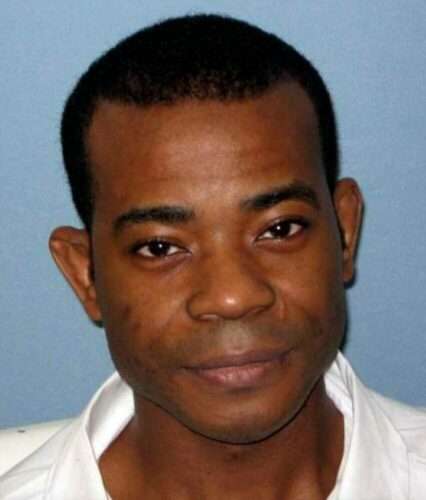Christopher Price Alabama Execution
Christopher Price was executed by the State of Alabama for the murder of a minister. According to court documents Christopher Price would attack Bill Lynn outside of the home where the minister was stabbed and slashed with a sword. Christopher Price would be executed by lethal injection on March 31, 2019 Christopher Price More News … Read more








